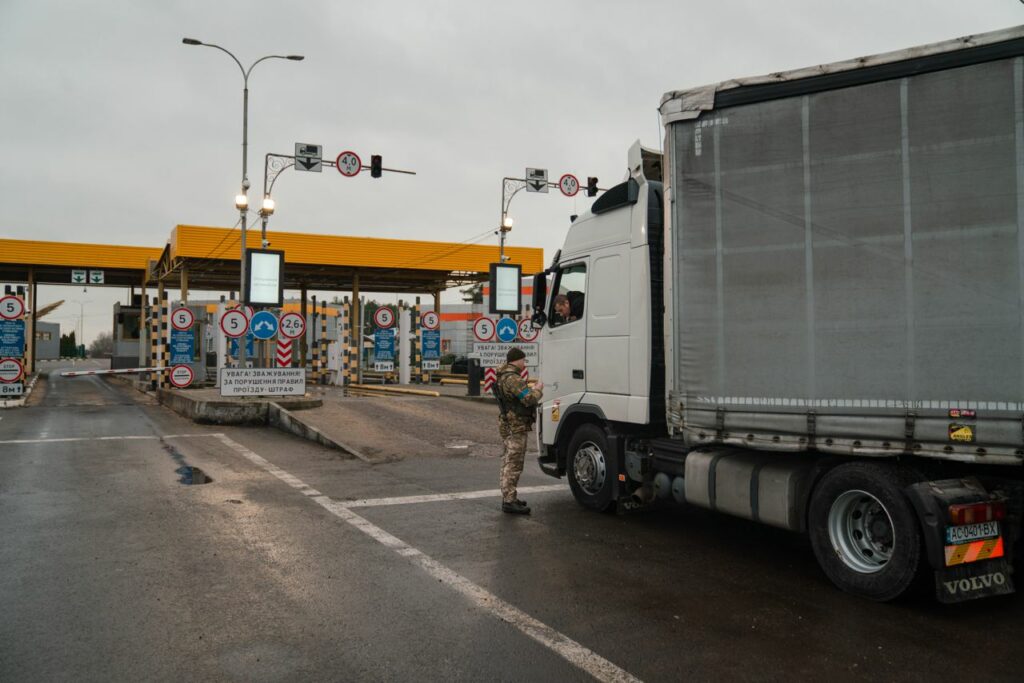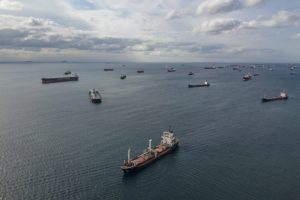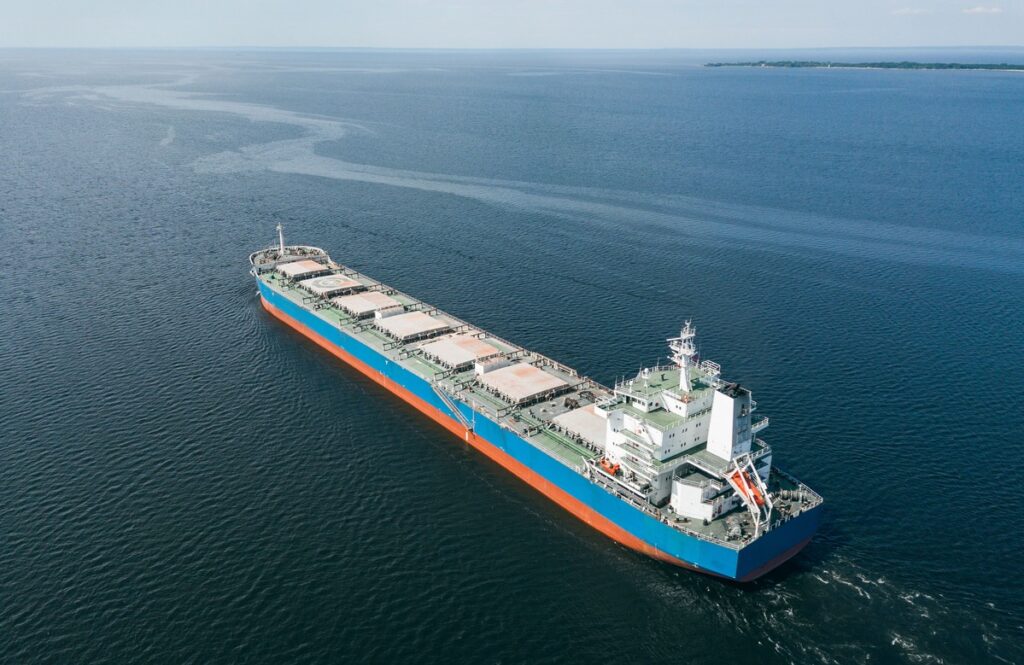Complete blocking of the Polish border: are Ukrainian carriers ready?

On February 14, the Polish trade union NSZZ RI “Solidarność” as part of a 30-day general strike by farmers announced that all border crossings between Poland and Ukraine would be blocked. As of the morning of February 29, there were about 2,200 trucks in the queue at the checkpoints “Krakivets”, “Jagodzin” and “Rava-Ruska”. Currently, the situation does not change.
Global Ocean Link CEO Pavlo Linnyk and its commercial director Volodymyr Guz comment on how his company will respond to these new challenges.
So, GOL executives tell how their company is preparing for new challenges related to the lockdown and what alternative routes they are considering.
Volodymyr Guz says: “We started preparing for the blocking, doing it in advance. At present, it is difficult to predict how long it will last. So let’s think about different scenarios.
One thing can be said for sure: everyone already sees and is preparing for the fact that the blockade will not end in a flash. The Polish government is not involved in this situation as it should be. Therefore, we see that in the absence of the necessary regulation, this will be repeated systematically. Poles have this opportunity, so they use it.
All messages that we will block in response are not very relevant. The reason is simple: as our dispatchers said, the ratio even in the import of our cars to them is within 1 to 20. Therefore, we need to comprehensively look for alternatives.
Now the delivery of goods through Slovakia and Hungary will be updated. Also, the demand for previously laid railway routes will gain momentum. They functioned without interruption before, and in connection with the current situation, they will be used even more often. It is about direct trains to the ports of Gdańsk and Gdynia from cargo consolidation points in Ukraine.”
As for alternative routes, Romania, Slovakia and Hungary are interesting for carriers in this context. Pavlo Linnyk thinks: “In connection with the blockade on the border with Poland, our company is actively analyzing alternative logistics routes and supply chain strategies. We are considering the possibilities of using different types of transport – sea and alternative land routes. This can be relevant to ensure the continuity of our activities.”
Volodymyr Guz also notes: “The queue at the border crossing to Romania has already begun to grow. We had the same situation in October-November 2023. Instead of 3-4 days of waiting at the border, we now have an approximate figure of 7-8 days. According to the carriers, the queue continues to grow. Today we are entering the grain off-season. Everyone is waiting for China to “wake up” and determine the main directions of shipment of last season’s leftovers. As for the nearest perspective on the dynamics of queues on the border with Romania, it will largely depend on the factor of the situation in Poland, since these phenomena are interconnected.”
“Among the considered alternative routes, we are studying the possibilities of using the southern corridors through Slovakia or Hungary. We are also considering sea routes that may involve the delivery of goods across the Black Sea to other European ports. The choice of each route depends on many factors, including cost, transit time and the current geopolitical situation. We conduct a thorough analysis to determine the most effective alternatives. We lack existing logistics solutions to cover the needs of the market. A systematic approach to the improvement of rail container transportation is needed,” adds Pavlo Linnyk.
Equally important is the question of estimated losses of the company and the market in general. “Blocking can seriously affect both our company and the market as a whole. We expect increased transportation costs and longer transit times, which may affect our level of service and customer satisfaction. There may be a temporary shortage of goods and an increase in prices on the market. Quantifying these losses is difficult, but we are preparing financial models to estimate the impact in different scenarios. We are also closely cooperating with industry associations, and we are also investigating a wider impact on the market,” says Pavlo Linnyk.
And Volodymyr Guz adds the following regarding the issue of estimated losses: “These losses are estimated to be plus 1,500-2,000 dollars from the container. If we switch to a ton, it is a conditional €60-80 per ton, which is borne by the final consignor and/or recipient, depending on the terms of the contract. It is clear that this will worsen the current competitiveness of our exporters. And on the other hand, you and I, as direct consumers, will overpay this amount by buying imported goods, as it will all be directly transferred to us.”
So the current situation at the borders gives rise to a whole complex of different consequences. An expert assessment by the managers of the Global Ocean Link company, which is a leader in the transport and logistics industry of Ukraine, only confirms this conclusion.





